In this blog I used some of Sally’s Research PowerPoint to help me for each point, however I wrote it in my own words and explained each point from what I already knew about research.
Why research
Research into your project is vital for the industry as it helps you work out what is popular and what isn’t. Audience profiling (grouping your audience into categories), demographics (population of a place), consumer behaviour and attitude, target audience research all help the industry make the products that the audience wants.
Media products are often very expensive and time-consuming to produce, and there are a lot of pressures on the people who plan and make them to get them right. Because of these pressures and demands, media companies put a lot of time and effort into thoroughly researching a product to ensure that it will attract the right audience and that this audience will react to it in the appropriate way. Otherwise they would lose out on a lot of money (especially when making films etc.)
The two main forms of research undertaken by the media are Market Research and Production Research. Each have different purposes and are vital in order to get the research you need.
Market Research is the collection and analysis of information about the market that your product/ project will be in and the competitors you will need to compete with once your project is done. You can research all the opportunities that you could have within your project (that others may have also undertaken), look for your competitors (which are competing for a share of the audience that you want to work with) and see what they’re working on/with and threats that you may have when working.
Production Research is related to the production process itself including research on the budgets in your project, personnel and locations that you will need to use in your project.
Different sources
There are many different sources that you can use to get your research and information that you need. Some of the sources are popular for different reasons such as the cost and how easy it is to get them but also the reliability of the information.
These sources include:
- Newspapers and Magazines: They are quite popular because they give a lot of recent, reliable data, facts and stats, also they often link to where the original information is from, which also shows that none of the information has been changed or tweaked whilst being published. However, because they are written from one person point of view (the writer), a lot of the data and facts could be changed and then become bias and not accurate data.Pros:
- recent facts and data
- easy to get hold of
- they’re not expensive (cheap)
- there’s always a lot of accurate information
- most provide websites and links for extra infoCons:
- some biased date
- some info could be changed or tweaked
- out of data info (inaccurate)
- some are quite expensive to buy
- Books: Books aren’t as popular to use to find research, purely based on the fact that they’re usually out dated and inaccurate so the information they give aren’t in date and recent. Although, they’re easy to get (from libraries or book stores) and sometimes cheap.Pros:
- easy to get hold of
- usually not bias data
- sometimes cheap
- always a lot of data and factCons:
- can become expensive
- limited information
- out of date infoOnline: Online research is the most popular source to use, because there are thousands of ways to find out different information. There are many different types of layouts for example Blogs, Websites, Reviews, Articles, all of which have a range of choice for what you are looking for and give lots of details including facts and data.Pros:
- quick to find info
- cheap
- easy to use (if you have internet connection)
- range of choice
- reliable sourcesCons:
- inaccurate facts
- time consuming
- some data may be changed/ tweaked/ bias
- can get expensive (paying for Wi-Fi etc.)
Primary and secondary sources
A primary source is a source that you have found/made/ yourself, for example instead of using the internet you could go out and find out your own answers. Such as making a questionnaire and handing them out, doing surveys, making your own online survey etc. This means finding out the information yourself instead of relying on another source.
To get primary data/sources you will need to get this yourself as it is research that you go out and collect by yourself. Therefore you will need to create a something that you will be able to give out to people in order to get your results. This could mean making a questionnaire for people to fill in, a survey and interviews. They are cheap and easy to make however it usually takes longer to get the amount of results you want from your research.
A secondary source is a source that has already been made for you to access, for example a book, internet, magazines, newspapers etc. Instead of finding out the information yourself you can use these to give you the information/facts you need for your research.
It is very easy to get secondary data as you can get access to the internet via mobile devices, computers, laptops etc, newspapers are also very easy to get hold of, books can be purchased or borrowed etc. There are many ways to get secondary sources and are all fairly easy and cheap to get hold off.
Using secondary sources may give you some step backs as you are looking for research that has already been done. Sometimes the data you find could be inaccurate, out of date (not recent) and you also may need to ask permission to use their data.
Qualititative and qualitive
Quantitative data is information about quantities; that is, information that can be measured and written down with numbers. Some examples of quantitative data are your height, your shoe size, and the length of your fingernails.
Qualitative data is information about qualities; information that can’t actually be measured. Some examples of qualitative data are the softness of your skin. This information can only be described and not measured, such as descriptions, textures and appearances.
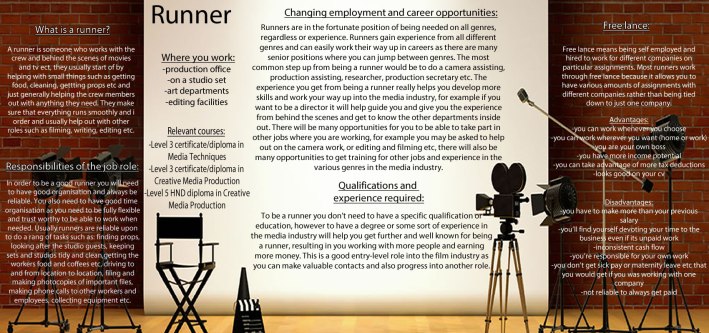 In Kayti’s lesson I produced a poster explaining how to become a runner and certain responsibilities that you need to do in order to become a runner. In this poster I explained what a runner actually is and does, advantages and disadvantages of free lance, the qualifications and experience needed, changing employment opportunities and courses you can take to help you become a runner/ help you get further in the industry. I enjoyed making this poster as it helped me work out whether I wanted to do this as a job and made me research further into different education paths I could take in order to do this job or another job of my choice.
In Kayti’s lesson I produced a poster explaining how to become a runner and certain responsibilities that you need to do in order to become a runner. In this poster I explained what a runner actually is and does, advantages and disadvantages of free lance, the qualifications and experience needed, changing employment opportunities and courses you can take to help you become a runner/ help you get further in the industry. I enjoyed making this poster as it helped me work out whether I wanted to do this as a job and made me research further into different education paths I could take in order to do this job or another job of my choice.
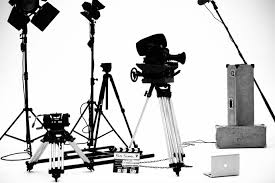

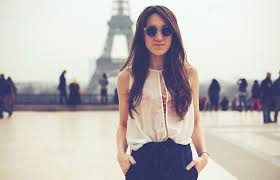
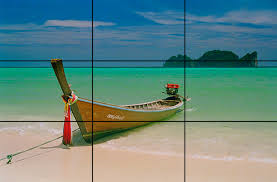

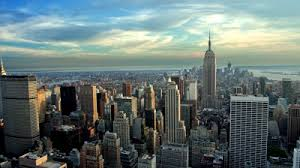
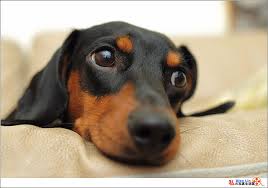
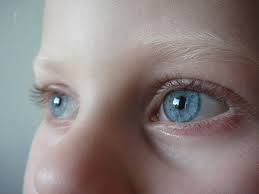
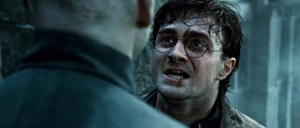

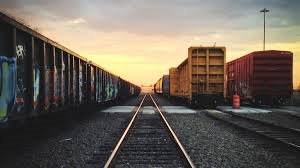
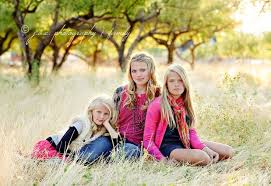
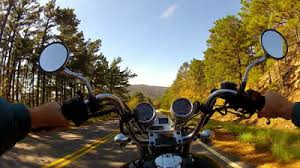
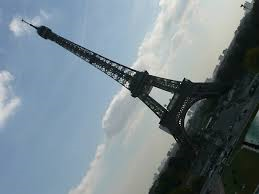

Recent Comments